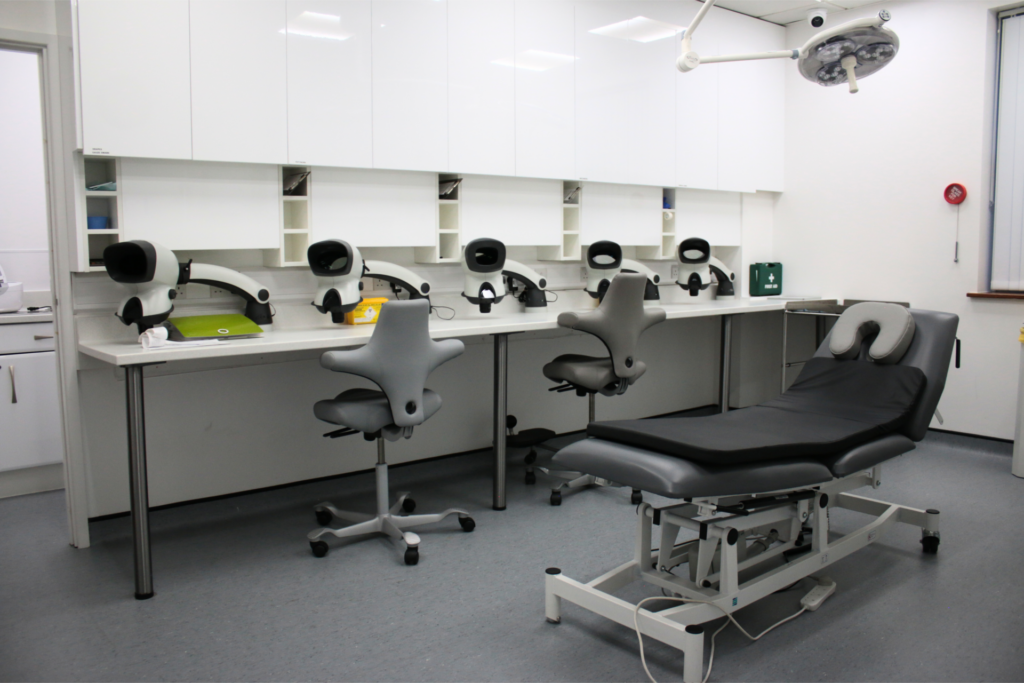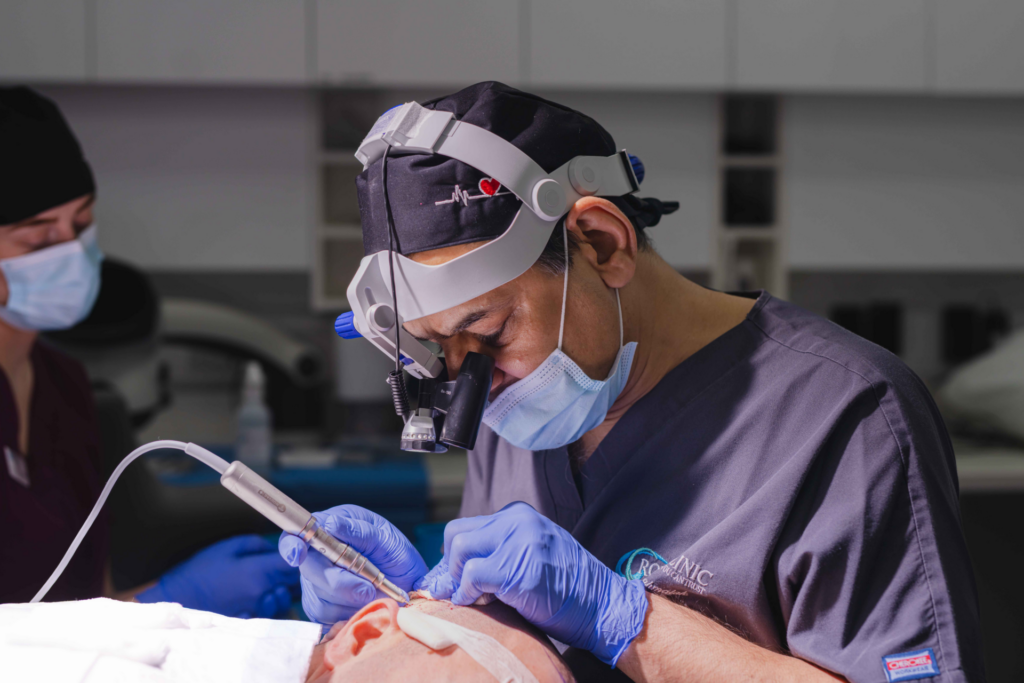‘New hair, new me: Why I skipped Turkey and opted for the UK’
Expert hair care at Crown Clinic delivers confidence with peace of mind

I’ve arrived in Manchester by train from London, having treated myself to a seat in a first-class carriage. I have been planning to undergo a hair transplant for so long that I may as well spend that bit extra on a more comfortable journey. I’m here to undergo Follicular Unit Extraction (FUE), a type of hair transplant surgery, by industry-renowned Dr Asim Shahmalak at the Crown Clinic.
The procedure is simple: individual follicular hairs will be extracted from the back and sides of my scalp and then transplanted into the balding area. (And it’s not just us cis-gay men that seek FUE treatment. Recognising the challenges trans people face in relation to hair loss and self-image, Dr Shahmalak says the procedure is also a valuable tool for transgender women.)
When we met for our initial consultation a couple months earlier in a clinic on Harley Street, Dr Shahmalak was keen to highlight that he does not favour the hard lines that have become popularised by people seeking cheaper treatment overseas, most famously in destinations like Turkey. Instead, he favours a realistic blending process that is bespoke to each client’s hairline, taking into account the direction of hair growth, a person’s age and other key factors to achieving a realistic result. This much, I’m on board for.
When it comes to any type of cosmetic work, there’s no judgement to be made about another person’s choices, but for me a more natural-looking approach has always been important. The idea of risking my hairline on a procedure with an overseas clinic that offers little accessible after-care just wasn’t an option.

Hair we go: surgery time
After a short briefing where the doctor outlines the areas on my head where hair will be added — notably about 1cm around the forehead’s hairline and a patch at the crown — I enter the room for surgery. While I’m lucky that the thinning on my hair is subtle, I’ve always been nervous about the fading patch at the back of my head and a gradually receding hairline.
Local anaesthetic is injected into the scalp, which is the most painful part of the entire procedure. Once the numbing effect takes hold, Dr Shahmalak and his assistants begin removing the hair grafts and place them in a dish. After the removal of some two thousand or so grafts, I take a break, enjoy a sandwich, cup of coffee and stretch my legs before we begin the second round — the insertion of the grafts into the scalp. Thanks to the anaesthetic, the procedure is pain-free.
By late afternoon, I’m free to leave — it’s as easy as that. The clinic is a short walk from the Radisson Blu Hotel, located by Manchester airport train station, where I stay overnight before heading home the next morning by first-class train. (No packed EasyJet flight with dozens of other hair transplant patients for me…).

Recovery… and reinvention
The next 10 days are critical as its crucial that I take care of the healing scalp, so I have taken some annual leave off work. This also means there’s no gym and I sleep with my head elevated (made easier with the use of a travel pillow. The days that follow allow for gradual increase in exercise and activity, and I’m back to my regular routine by day 10. It will take up to 16 months for the hair to grow back fully — hair grows in cycles of three to four months per follicle and at different stages. Six months after the surgery, I start to notice the difference — as do friends. One year later, the results are strikingly good.
With new hair comes new confidence. I’m no longer worried about the bright overhead lights in lifts, or catching the back of my thinning crown in a mirror. It was I feel renewed!
